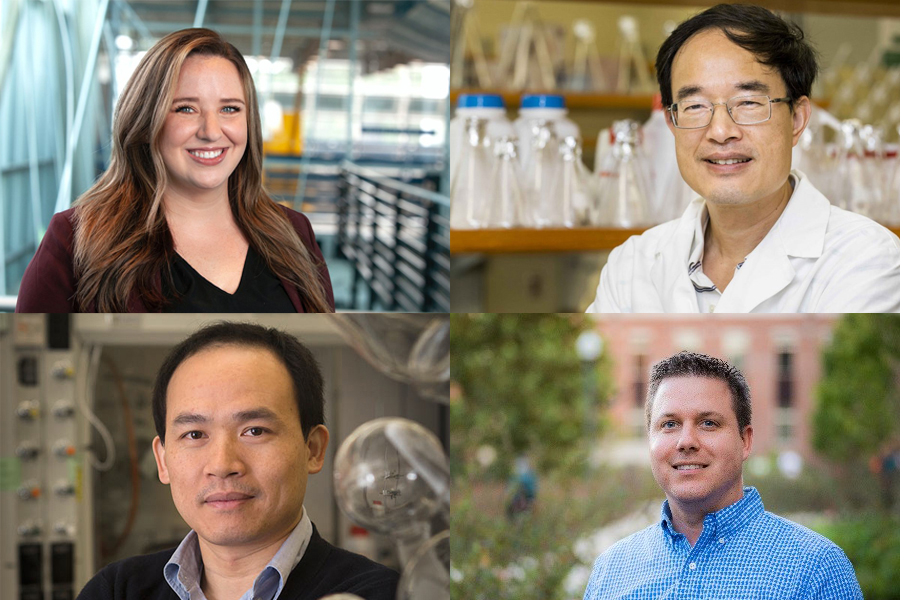
A faster way to make test samples for the automotive and aerospace industries, an improved method for producing a wound-healing therapy and the development of an environmentally friendly X-ray material all earned funding from a Florida State University program that helps researchers bring their work to the marketplace.
FSU’s Office of the Vice President for Research awarded faculty members a pot of more than $134,000 for the Spring 2020 GAP Commercialization Investment Program (GAP). The event is organized by the Office of Commercialization to help transform academic research into potential commercial projects.
FSU faculty members presented their ideas to a committee of university and business leaders, who awarded funding to research that shows promise for becoming viable products.
“Florida State faculty members consistently produce exciting research,” said Vice President for Research Gary K. Ostrander. “This program helps them to broaden the impact of that work by stepping into the commercial realm. Previous successes with GAP show that it is a valuable tool to support their efforts.”
The winning proposals were:
A method for quickly manufacturing and testing new materials: Rebekah Sweat, an assistant professor in the Department of Industrial and Manufacturing Engineering, created a process to manufacture and test new composite materials like those used in the automotive and aerospace industries. Those industries need to perform tests to determine how well bundles of fibers adhere inside another material. Sweat’s invention will allow manufacturers to quickly produce many samples for testing, which is a faster method than existing procedures. She will use the funding to validate her data, refine her design and scale up production.
A better way to treat wounds: Zucai Suo, a professor in the Department of Biomedical Sciences, and David Meckes, an associate professor in the Department of Biomedical Sciences, have developed a new way to produce and purify exosomes, which are fluid-filled packages released by cells. Their system produces exosomes with enhanced therapeutic properties that could make them a useful therapy for treating wounds. The U.S. Medicare program spends billions of dollars every year to treat chronic wounds. Suo and Meckes will use their funding to test how effective their exosome production and purification technique is at creating a therapy for this problem.
High-performance and environmentally friendly technology for X-rays: Biwu Ma, an associate professor in the Department of Chemistry and Biochemistry, developed a new way to make a flexible part used in X-ray imaging. Unlike some products already in the market, Ma’s part does not use lead and heavy metals, and it is less expensive and performs better than alternatives. He plans to use the funding to develop a way to manufacture this technology on a larger scale, demonstrate its use in real applications and look for commercial partners to help improve the technology.
Funding was provided by the Office of the Vice President for Research. For more information about the GAP competition, visit the FSU Office of Commercialization.




